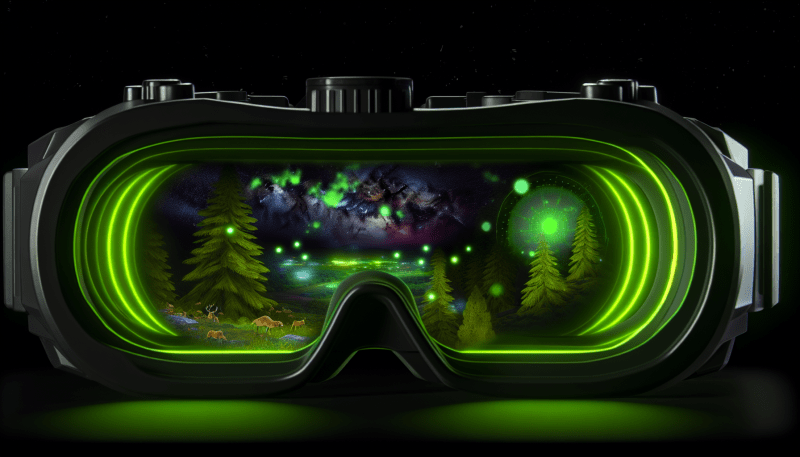Next up, consider the type of night vision technology. There are two main types: Gen 1 and Gen 2/3. Gen 1 binoculars are more budget-friendly and great for casual use. They work best in low light but might struggle a bit in total darkness. On the flip side, Gen 2 and 3 models are a bit pricier but offer much better clarity and performance in complete darkness. If you’re serious about your nighttime adventures, investing in these could be worth it.
Another thing to think about is the magnification and field of view. If you want to spot animals from a distance, look for binoculars with higher magnification (like 10x or 12x). Just remember, higher magnification can sometimes make it tougher to keep a stable image. A good rule of thumb is to balance magnification with a wider field of view for a more enjoyable viewing experience.
Lastly, weigh the importance of durability and comfort. If you plan on taking these binoculars on outdoor trips, look for models that are waterproof and shockproof. You’ll also want something that feels comfortable in your hands and isn’t too heavy to carry around. After all, a long night stargazing should be enjoyable, not a workout!
Setting Up for Optimal Viewing
When it comes to using night vision binoculars, getting set up properly can make all the difference. First, find a comfy spot that offers a good view. Whether it’s your backyard or a remote campsite, make sure it's quiet and away from bright lights. This helps your eyes adjust to the darkness, letting you spot more wildlife or enjoy the night sky.
Next, consider the weather conditions. Clear, cool nights are usually best for using night vision gear. Fog, rain, or even a full moon can impact visibility. So, check the forecast before heading out. And remember, even a little bit of light pollution can mess with your night vision, so try and choose a location that’s as dark as possible.
Adjust your binoculars properly for optimal performance. Before you start using them, spend a minute or two familiarizing yourself with the focus knob and any other controls. This way, you can quickly make adjustments while keeping your eyes on the action. If you’re sharing your binoculars with friends, make sure everyone gets to adjust them for their own comfort—what works for one person might not be great for another!
Lastly, have some patience. It might take a few minutes for your night vision binoculars to warm up and for your eyes to adapt. Give yourself time to adjust, and don’t rush. Sometimes, the most amazing sights are just around the corner, waiting for you to notice them!
Tips for Better Nighttime Sight
Improving your nighttime sight with binoculars can turn a mediocre experience into something magical. Here are some friendly tips to help you maximize your night vision binoculars’ performance:
Care and Maintenance for Longevity
Taking care of your night vision binoculars is super important if you want them to last and perform their best. A little maintenance goes a long way! Here are some easy tips to keep your binoculars in top shape:
Following these care tips helps your night vision binoculars perform better and last longer. With a little love and attention, you can enjoy your night-time adventures for years to come!



